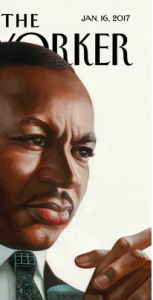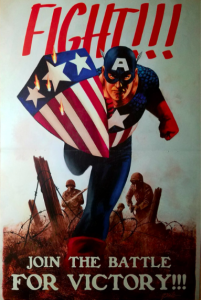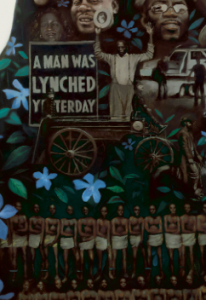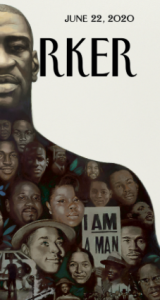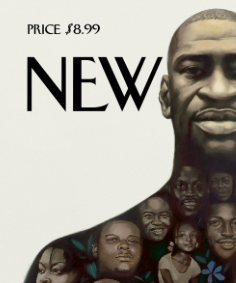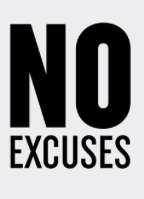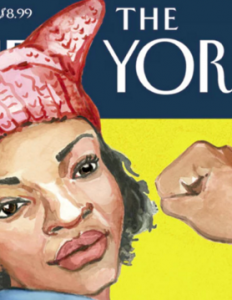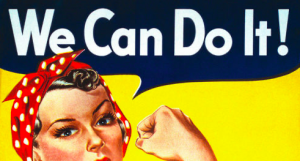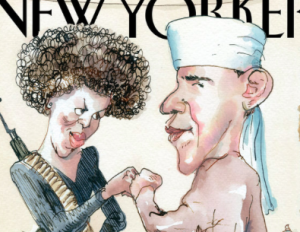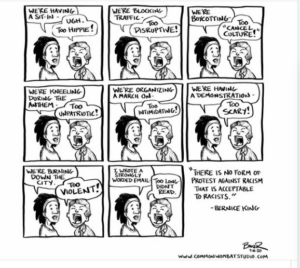
Look at the whole cover here
This is the January 16 2017 issue of the New-Yorker.
The picture is about Martin Luther King Junior, it’s entitled After Dr. King and it was created by Kadir Nelson, who specialises in portraits of African-American people.
The background is white, we can see a colour portrait of M.L.K. The focus is on his face and his hands. He looks wise with his joined hands.Instead of the material of his jacket and the skin of his hands,there are people demonstrating and protesting, and we can see recognize the March on Washington, that he organised with other Civil Rights leaders, in August 1963. This is the place where he delivered his most famous speech : I Have A Dream.
MLK ‘s biography
There is also a photo of the Flint Water crisis : a town where the majority of inhabitants were poor black people, and where the water was polluted. This crisis happened in 2017.
The relationship with the news is the problem of social justice in America, about 50 years after the Civil Rights movement, and MLK’s legacy.
The date of publication is important, because it was close to Martin Luther King’s day, a national day when people across the USA pay tribute to Martin Luther King.
Conclusion : the question is what has changed in the USA for Black pool since the era of the Civil Rights movement ?
Look at a presentation here
Key words :
Baptist preacher, activist, the Civil Rights movement, non-violence, Nobel Peace Prize